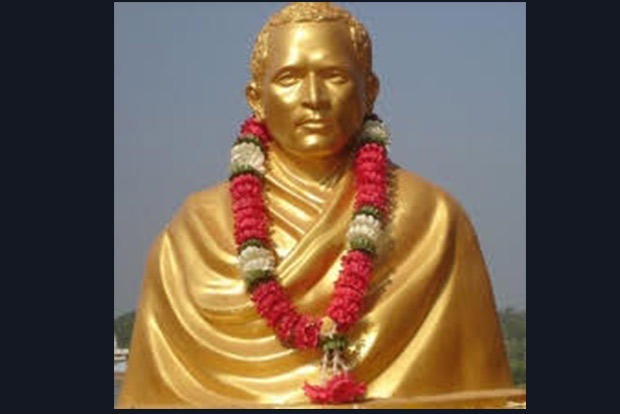Begin typing your search...
Those were the days: A fast that changed our nation’s geography
Potti Sreeramulu’s fast and its aftermath sparked off a wholesale redrawing of the map of India based on linguistic lines — a major impact on the nation’s history.

Chennai
Some people contribute to the history of a nation, but very few affect its geography. Potti Sreeramulu, who fasted for 58 days in Mylapore and died, was one such martyr.
The Madras presidency had Tamil, Telugu, Kannada, Malayalam and even Oriya speakers. It was just a matter of time before the linguistic chauvinism raised its head. The most robust crusade for linguistic realignment was by the Telugus. After all, Telugu was the second most spoken language and in recent history, Telugu speaking kings had ruled much of the presidency.
The Andhra Mahasabha working relentlessly to sustain a sense of identity among the Telugu-speaking people of the Madras Presidency had kept the claim alive, often accusing the Tamils of discriminating against them.
As soon as the tricolour was raised at the Red Fort, Telugu politicians across party lines pestered Delhi with agitations. Telugu-speaking citizens demanded that the Madras city was theirs and some wanted it to be split along River Cooum – the northern part for Andhra and the southern to Tamil Nadu. (The Vatican had done it earlier to separate Mylapore and Madras dioceses)
Having inherited as many as 564 princely states, Nehru was intent on consolidating India as one saying, “Even though the formation of linguistic provinces may be desirable, this would obviously be the wrong time. When the right time comes, let us have them by all means.”
The angst of the Telugus increased when in 1948, a Linguistic Provinces Commission headed by Justice SK Dhar mentioned that, “linguistic consideration has become a passion and ceased to be a matter of reason.”
The subsequent JVP committee of Nehru, Patel and Pattabhi Sitaramayya also suggested postponement of linguistic provinces for ten years.
It was then that a nonentity Satyagrahi decided to take on the might of the Indian government. Born in an orthodox household in Madras, a sanitary engineer in railways, Potti Sreeramulu after suffering a personal tragedy (his wife and child died within days) resigned and joined the freedom movement.
Potti believed in Gandhian methods of agitation to such an extent, that even his mentor was exasperated at times. His earlier fast for Harijan entry into temples in 1946 was drawing considerable attention away from the independence movement in Andhra and Gandhi forced him to break it. The Mahatma in a letter to Prakasam said, “Glad that the fast of Sreeramulu ended in a happy manner. I know he is a solid worker, though a little eccentric.”
And so on October 19, 1952, with this description from his mentor who was no longer there to stop his fasts and exasperated by the evasive nature of Nehru, Potti Sreeramulu began the hunger fast in the house of Bulusu Sambamurthy in Mylapore (adjacent to Vidyamandir School).
The fast soon caught the attention of people. Trains were stopped by angry mobs shouting slogans against Rajaji and Nehru.
Adamant Nehru wrote to Rajagopalachari: “Some kind of fast is going on for the Andhra Province and I get frantic telegrams. I am totally unmoved by this and I propose to ignore it completely” Though Sreeramulu became physically weak, he declined to give up his fast. On the 56th day, he passed into a coma and his body gave way soon thereafter.
On the intimation of the news, singer Ghantasala, rushed to the place, composed and rendered a song in his honour.
Thousands joined the funeral procession and raised slogans hailing Sreeramulu. Halfway, they went into frenzy and resorted to violence. The news spread like wildfire in Madras and Andhra regions. All hell broke loose with government offices attacked and trains defaced and police fired to kill.
Nehru relented and stated that a province of Andhra would come into being, but its boundaries would be decided by an independent commission. In March 1953, the Telugu districts of Madras were identified to constitute the present state of Andhra Pradesh.
Sreeramulu’s fast and its aftermath sparked off a wholesale redrawing of the map of India, according to linguistic lines — a major impact on the history, as well as geography of our country.
Sreeramulu is revered as Amarajeevi (immortal being) in the Andhra region and the house where he fasted and died is a memorial in Mylapore.
— The writer is a historian and an author
Visit news.dtnext.in to explore our interactive epaper!
Download the DT Next app for more exciting features!
Click here for iOS
Click here for Android
Next Story



